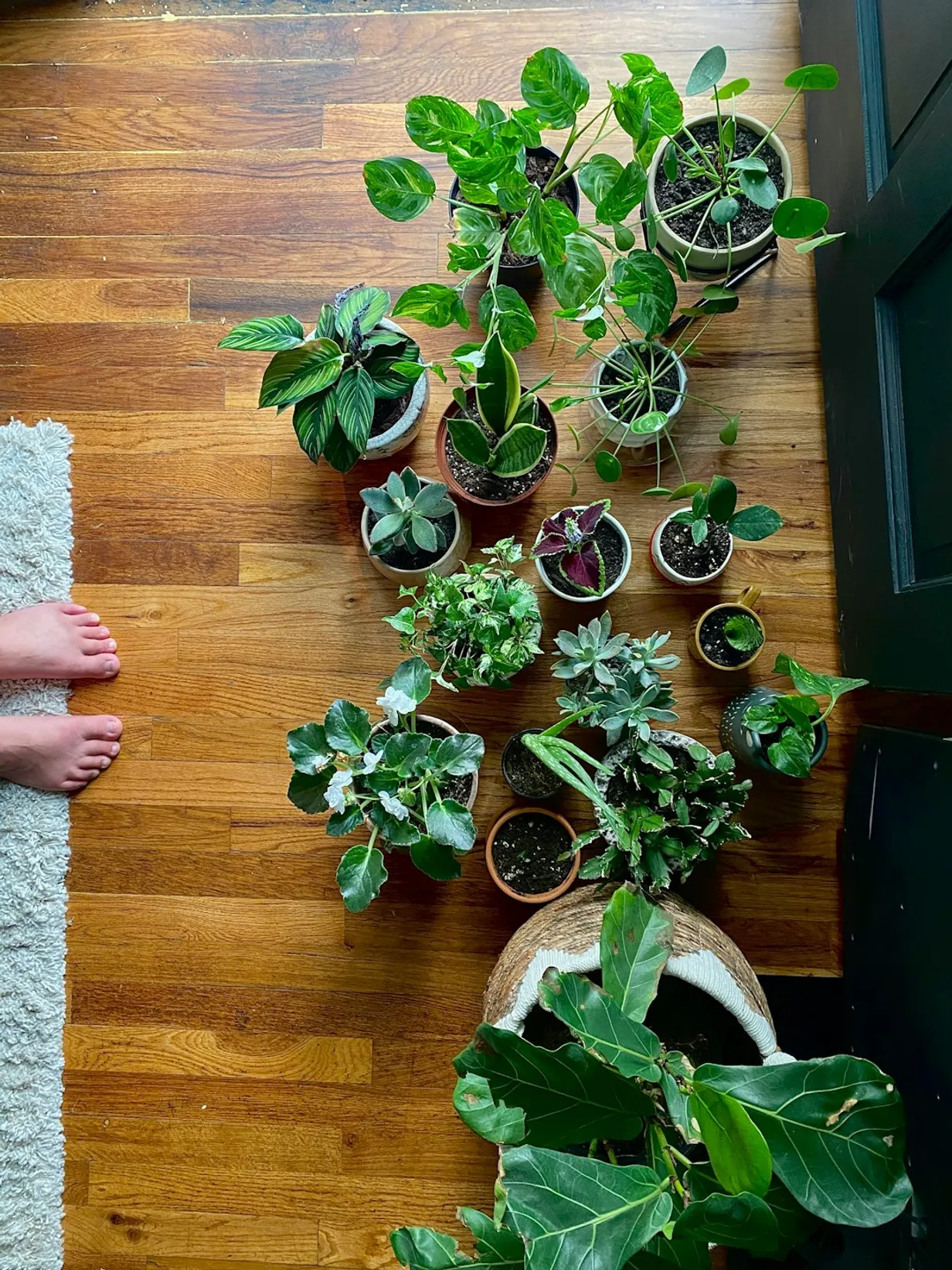Maximizing Indoor Air Quality with Houseplants: A Green Approach

In the quest for a healthier home, indoor greenery shines as not only a beautiful decor element but also a powerful ally in improving indoor air quality. Houseplants have been proven to absorb toxins, release oxygen, and increase humidity, creating a fresher and more breathable environment. In this article, we will explore how houseplants boost indoor air quality, recommend the best air-purifying plants, and provide practical tips for their care.
Understanding the Benefits of Houseplants for Indoor Air Quality
Natural Air Purification
Houseplants are natural air purifiers that can absorb harmful pollutants found in household items and materials, such as formaldehyde, benzene, and trichloroethylene. The process of phytoremediation—a method through which plants effectively remove, detoxify, or immobilize pollutants from the air—helps in maintaining a cleaner atmosphere inside your home.
Increased Humidity Levels
Through the process of transpiration, plants release moisture into the air. This increases indoor humidity levels, which can be particularly beneficial in dry climates or during winter months when heating systems deplete moisture from the air. Proper humidity levels can alleviate respiratory discomfort, reduce dry skin, and decrease the spread of airborne viruses.
Top Air-Purifying Plants to Consider
Peace Lily (Spathiphyllum)
The Peace Lily is renowned for its ability to filter a variety of pollutants including ammonia, formaldehyde, and benzene. It also adds a touch of elegance with its glossy leaves and white blooms.
Spider Plant (Chlorophytum comosum)
Known for its superb air-cleaning properties, the Spider Plant excels at removing pollutants like formaldehyde and xylene. It’s easy to care for and produces charming baby plants, called ‘spiderettes,’ which can propagate to enhance your greenery.
Snake Plant (Sansevieria trifasciata)
The Snake Plant is a hardy option that can tolerate low light and irregular watering. It’s highly effective at absorbing toxins such as formaldehyde and nitrogen oxides, making it an excellent choice for bedrooms and living rooms.
Tips for Maximizing the Air-Quality Benefits of Houseplants
Proper Placement
Place plants in areas with good air circulation but avoid spots with direct drafts from windows or air conditioning vents. Proper placement ensures plants can thrive and maximize their air-purifying potential.
Regular Care and Maintenance
Keep plants healthy by adhering to their specific care requirements. This includes ensuring appropriate light levels, consistent watering, and occasional fertilization. Remove dust from leaves to keep pores clear for optimal gas exchange and transpiration.
Diverse Plant Selection
Utilize a variety of plants to address different pollutants effectively. Each plant species may excel at filtering specific toxins, so a diverse plant selection can optimize the purification process.
By incorporating houseplants into your indoor spaces, you can enjoy both aesthetic beauty and the tangible health benefits of improved air quality. With the right selection and care, you can create a fresher, cleaner, and more inviting home environment.
Top Interior Design Posts
Check out our most popular articles on interior design, featuring reader favorites on plants, textures, patterns, and more.



